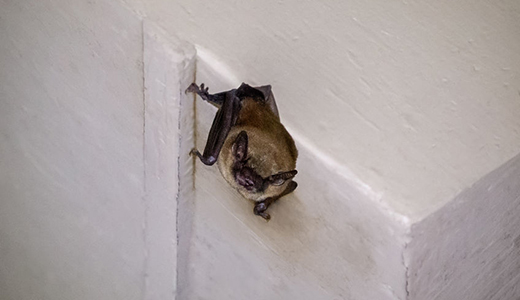Indicators on The Bat Guys Bat Removal - Professional Bat Removal You Need To Know

Bat Trapping - Bat Removal - Ithaca, NY - Wildlife Resolutions Can Be Fun For Anyone
The women form big maternity nests, frequently in buildings such as attics or barns. More Details are born in June, and can fly by August. They can measure up to thirty years apparently, though typical life-span in the wild may have to do with 7 years. They hibernate in the winter. The (Eptesicus fuscus) is likewise common in the northern areas.
They mate in October, prior to winter season hibernation, and after a postponed fertilization and a 60 day pregnancy, provide birth to a couple of baby bats in early June. The Tadarida brasiliensis is common in the south. It has a wingspan of about 8 inches, a weight of half an ounce, and can live up to 16 years.

Bat Removal - Pest Management Services In Orlando & Tampa, FL

Covenant Wildlife - Raccoon Trapping, Bat & Squirrel Removal Experts
They mate in the fall, however delay fertilization, and one puppy is born in early June, and can fly about 8 weeks later. All of these bats often roost in man-made structures, and love the attics of houses. None of these animals are really blind, however they do use echolocation in order to help in navigation on the wing.
More About Bat Removal & Exclusion in Massachusetts - Ultra Safe Pest

Check out About Colonizing Bats species details. Bats are nocturnal. They sleep in roosts during the daytime, and emerge at dusk. If it's a colony of bats living in a building, they crawl to the edge, and fly out. Initially they head for water and get a beverage, skimming the surface area on the wing.
After a while they get full and head back to the roost in order to rest. They then fly back out to feed some more. They might make several journeys per night. Bats utilize echolocation in order to assist in navigation and feeding on the wing. They give off high-pitched chirps and check out the sonar-like returns of the sound waves as they recover off of objects.
These nests are composed mostly of females. The males roost alone in singular areas, such as trees. The women form huge clusters, really often in manufactured architecture such as church towers, attics, bridges, etc. They endure and even prefer very heats. A number of the southern bats move to various locations as climates alter.
